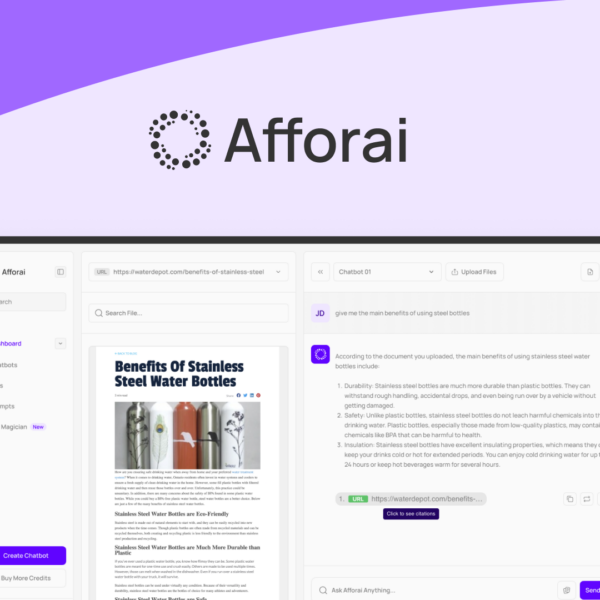Welcome to the world of logistics, where managing a diverse workforce can feel like juggling flaming torches! For many logistics businesses, payroll is more than just a paycheck; it’s a complex web of varying schedules, payment structures, and distinct roles—from on-the-road drivers to behind-the-scenes warehouse staff. In this article, we’re diving deep into the 5 key payroll challenges that logistics companies face, exploring how these issues can impact operations and what you can do to make the process smoother. Read on to discover solutions that could save your business time and money!
Understanding Logistics Payroll Complexity
Understanding Logistics Payroll Complexity
Managing payroll in logistics can be quite complex due to the nature of the industry. Logistics operations involve various roles, including drivers, warehouse staff, and office personnel, each with different payment structures and schedules. This diversity adds layers of complexity to payroll processing.
For instance, drivers may work variable hours depending on deliveries, while warehouse staff typically have set schedules but may also require overtime pay. This inconsistency can lead to confusion in payroll calculations.
Additionally, logistical businesses often operate across multiple states or regions, each with its own labor laws and tax regulations. Ensuring compliance with these laws is crucial to avoid penalties and ensure smooth operations.
Here are some key areas of complexity in logistics payroll:
- Varying Pay Rates: Different roles may receive different pay scales, which must be intricately calculated to avoid discrepancies.
- Overtime Calculations: Employees working over their regular hours need careful tracking to ensure accurate overtime payments.
- Multi-State Compliance: Logistics companies may operate in several states, which creates the need for knowledge of various legal requirements.
Addressing these complexities requires effective payroll software that can adapt to the unique needs of logistical payroll. This software should be capable of tracking hours, calculating overtime, and maintaining compliance with local and federal laws.
By understanding these payroll complexities, logistics businesses can take proactive steps to manage their payroll processes more effectively, ensuring timely and accurate payments for all employees.
Drivers vs. Warehouse Staff: Different Payment Needs

Drivers vs. Warehouse Staff: Different Payment Needs
In the logistics industry, the payment needs of drivers and warehouse staff vary greatly. Understanding these differences is crucial for effective payroll management. Each role has unique requirements that must be addressed to ensure fair compensation.
Drivers often work variable hours and may be paid based on miles driven or deliveries completed. This type of payment model requires accurate tracking of hours and distances. Some drivers may also earn bonuses for timely deliveries or achieving safety milestones. Here are some key aspects of driver payment:
- Hourly vs. Mileage Pay: Drivers can either receive an hourly wage or be compensated based on the miles traveled.
- Incentives: Bonuses for performance can motivate drivers to deliver efficiently and safely.
- Commission: Some drivers may receive commission based on the volume of goods delivered.
Warehouse staff, on the other hand, generally have fixed schedules and may be paid a set hourly wage. They often qualify for overtime pay when they exceed a certain number of hours in a week. Here are their primary payment considerations:
- Hourly Wage: Warehouse staff typically earn a consistent hourly rate based on their role.
- Overtime Pay: Employees are entitled to overtime pay for hours worked beyond the standard 40 hours.
- Shift Differentials: Some companies may offer additional pay for night shifts or weekend work.
It is important to ensure that payroll systems can handle these differences in payment structures. Companies must also communicate clearly with employees about their pay structure to maintain transparency and trust.
By understanding the distinct payment needs of both drivers and warehouse staff, logistics companies can better manage their payroll processes and promote employee satisfaction.
Adapting to Varying Work Schedules
Adapting to Varying Work Schedules
In the logistics industry, employees often have varying work schedules based on business needs. This flexibility is essential for meeting demand and ensuring timely deliveries. However, it also brings challenges for payroll management.
Drivers may work shifts that change weekly, depending on delivery routes and client needs. This variability can lead to inconsistent hours, impacting their total pay. On the other hand, warehouse staff might have fixed hours but can also face changes based on inventory levels and orders.
To effectively manage these varying schedules, companies can implement the following strategies:
- Flexible Scheduling: Allow workers to choose shifts or swap shifts with others, helping them manage work-life balance.
- Automated Time Tracking: Use software to track hours worked automatically. This helps prevent errors in payroll calculations.
- Clear Communication: Ensure that employees are informed of their schedules ahead of time. Utilize mobile apps or internal communication tools for updates.
However, managing varying schedules comes with its own set of challenges:
- Overtime Calculations: Employees working more than 40 hours a week must be compensated with overtime pay, which requires careful tracking.
- Labor Laws Compliance: Different regions may have specific laws regarding work hours, requiring awareness and compliance to avoid penalties.
Implementing an efficient scheduling system is critical to adapting to varying work schedules. Utilizing modern payroll software that can accommodate these unique requirements helps logistics companies streamline their processes and ensure accuracy in employee payments.
Streamlining Your Payroll Process

Streamlining Your Payroll Process
Streamlining payroll processes in logistics is vital for ensuring accuracy and efficiency. With many employees working different shifts and earning different rates, managing payroll can become complicated. However, by following some best practices, companies can simplify their payroll operations significantly.
The first step is to implement reliable payroll software. This software can automate calculations and track hours more efficiently. Here are some features to look for in payroll software:
- Time Tracking: The ability to automatically track employee hours helps prevent errors in payroll.
- Compliance Management: Payroll systems should help ensure compliance with local and federal laws.
- Reporting Tools: Easy-to-understand reports can help identify trends in payroll expenses.
Next, it’s essential to establish clear payroll policies. Clearly defined policies help set expectations for employees. Here are some key aspects to consider:
- Pay Schedules: Determine how often employees will be paid, whether weekly, biweekly, or monthly.
- Overtime Policies: Clearly outline how overtime is calculated and communicated to employees.
- Leave Policies: Include rules for paid time off and how it affects payroll.
Regular communication is also key to streamlining payroll. Employees should be informed about their pay structure, any changes in policies, and how to report discrepancies. Conducting regular training on the payroll system can help staff understand their roles in the process.
Finally, reviewing and updating payroll practices regularly is essential. Reflect on any challenges that arise and be prepared to adjust processes to eliminate inefficiencies. This ongoing evaluation allows logistics companies to stay ahead of payroll demands and manage resources effectively.
Using Software to Manage Payroll Challenges
Using Software to Manage Payroll Challenges
Managing payroll in the logistics industry can be challenging. With diverse payment needs and varying work schedules, relying on manual processes can lead to errors. Implementing payroll software can significantly improve management and efficiency in handling payroll challenges.
One of the main benefits of payroll software is that it automates calculations. This feature reduces the risk of mistakes that often occur when manually entering data. Key capabilities of effective payroll software include:
- Automated Calculations: Software can quickly calculate gross pay, deductions, and net pay based on employee hours and rates. This ensures accuracy and saves time.
- Time Tracking: Integrating time-tracking capabilities allows companies to manage varying schedules effectively. Employees can log hours, and the software automatically updates payroll records.
- Reporting Features: Payroll software should provide detailed reports that outline payroll expenses, tax liabilities, and employee earnings. This helps companies stay informed and make data-driven decisions.
Additionally, payroll software can help ensure compliance with local and federal laws. Here’s how:
- Tax Calculation: The software can automatically calculate the correct tax deductions based on state and federal requirements, reducing the risk of penalties.
- Labor Law Compliance: Keeping track of labor laws that affect overtime and breaks helps companies stay compliant and protect employee rights.
- Easy Updates: Software can be updated regularly to reflect any changes in tax laws or regulations for seamless compliance.
For logistics companies with employees in multiple regions, payroll software can simplify managing varying pay rates and regional tax considerations. By centralizing payroll data, companies can effectively streamline their payroll processes and minimize errors.
Choosing the right payroll software involves assessing your company’s specific needs. Look for software that integrates well with existing systems and can scale as your business grows.




